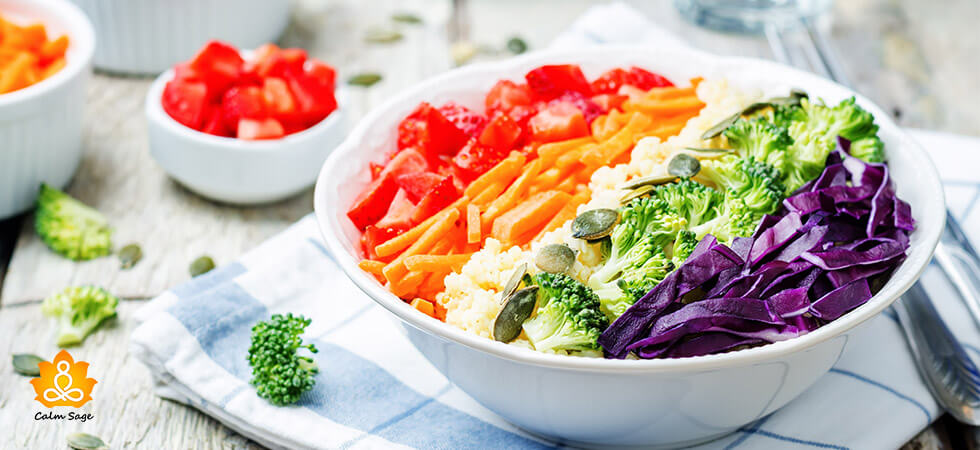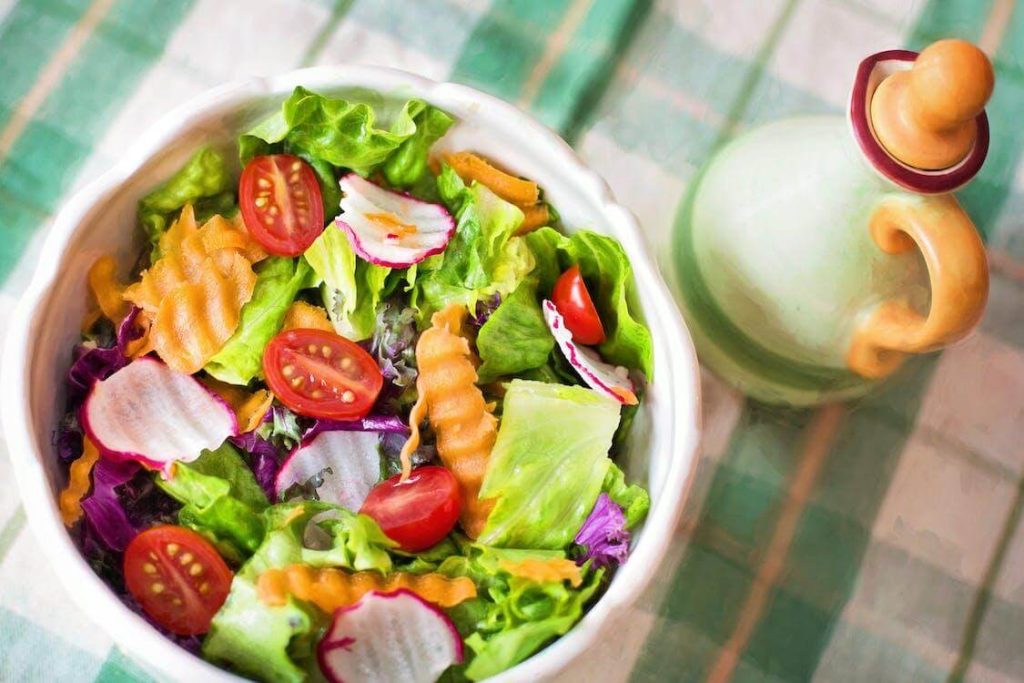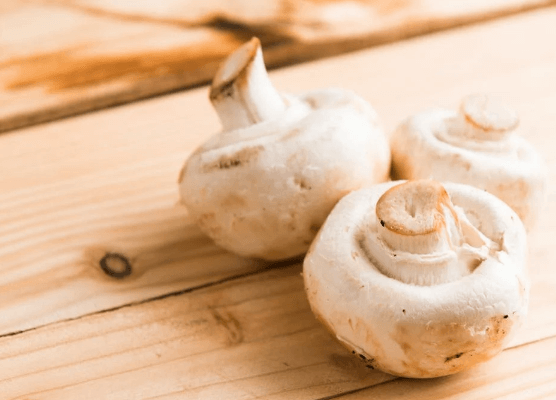The Rainbow Diet: A Special Diet For Boosting Mental Health

When nature provides us with the best foods then why do we opt for supplements? Well, it’s finally uncovered now by Harvard University!
Harvard University recently published a study that uncovered… eating the rainbow can boost brain health. Specifically, it can help with memory loss and confusion.
When I say rainbow, I am not talking about unicorns or Barbies, but I am talking about some natural foods that we get directly from nature (not preserved or not packed foods).
Now, you must be thinking about what a rainbow diet is… well, keep reading this blog and I will be telling you everything about the rainbow diet or plate.
What is a Rainbow Diet?
PS: It is something you can sing and eat!!!

A rainbow diet is about eating a meal rich in bright-colored fruits and vegetables. Scientifically, vibrant-colored foods are referred to as flavonoids which means they have natural color chemicals. Flavonoids are known to be a great source of antioxidants. Antioxidants help in protecting cells from disease and damage.
Moreover, flavonoids also help in protecting the brain from inflammation, improve blood flow, and prevent damage related to dementia, Alzheimer’s disease, and other chronic conditions. In the next section, let me answer all your questions related to the effectiveness of the rainbow diet based on studies.
Studies Related to Rainbow Diet
Luckily, I was able to find a lot of studies related to the consumption of flavonoids. One study revealed that the rainbow diet helps in protecting the aging brain. This study is based on research data from 20 years, including more than 77,000 people.
According to this study, people who highly consumed a rainbow diet had lower odds of forgetfulness and confusion. Additionally, they performed better on memory-based questions.
I found one more study which discussed numerous benefits of eating plant-based foods, especially colored fruits and vegetables.
Rainbow Diet: Learning about the Colors
Each color found in different fruits and vegetables represents a different phytochemical that can benefit your overall well-being. To make your plate colorful, healthy, and attractive, you can take the help of this section. Here’s what colorful fruits and vegetables have to offer:
Red

Fruits and vegetables having red or deep red color are considered to be superfoods. Not because they help improve haemoglobin but because they help reduce the risk of hypertension, cholesterol, and atherosclerosis. Best red foods to add to your diet:
- Beetroots
- Tomatoes
- Red cabbages
- Strawberries
- Apples
- Radishes
- Cherries
- Watermelon
- Pink guava
Yellow

Yellow fruits and vegetables are rich in alpha and beta carotene which makes them a great source of Vitamin A. Vitamin A helps in keeping our organs working properly. Best yellow foods to add to your diet:
- Sweet corn
- Mangoes
- Peaches
- Pineapples
- Papaya
- Bell peppers
- Oranges
- Sweet potatoes
Green

Green-colored foods are known to be the best foods since they are full of nutrients. Green vegetables help in lowering the risk of chronic mental health diseases. Additionally, they can also help in reducing the symptoms of depression. Best green foods to add to your diet:
- Green apples
- Lime
- Avocado
- Kiwi
- Cabbage
- Broccoli
- Green beans
- Kale
- Bell peppers
- Zucchini
- Spinach
- Peas
Blue

Blue-colored fruits and vegetables are full of anthocyanin. They can help in increased brain functioning. More specifically, they can help in increasing memories and lowering inflammation. Best blue foods to add to your diet:
- Blueberries
- Black current
- Blue tomatoes
- Damson plums
- Juniper berries
- Blue olives
Purple

Purple foods are full of antioxidants and anti-inflammatory properties. They can help improve heart health, lower the risk of neurological disorders, improve brain function, and more. Best purple foods to add to your diet:
- Plums
- Eggplant
- Blackberries
- Purple cabbage
- Elderberries
- Grapes
White and Brown

White and brown foods are rich in fiber, antioxidants, and micronutrients which not only help in improving brain functioning but they can also be great for psychological functioning. Best white and brown foods to add to your diet:
- Garlic
- Onion
- Cauliflower
- Leeks
- Daikon radish
- White potatoes
- Mushrooms
Benefits of Consuming a Rainbow Diet
We can directly conclude that eating fruits and vegetables of different colors provides us different benefits which make our body healthy, positive, and happy. The fact is that plants contain phytonutrients that can help in regulating mood, balance neurotransmitters, and decrease depression.
Additionally, one study suggested that eating colored fruits and vegetables can also help in reducing anxiety and boosting mood. They are also prescribed to treat depression in nutritional therapy.
Tips for Rainbow Diet with the Right Balance
Before you go out and start purchasing all the colored fruits and vegetables, let me remind you that the benefits reside in the right balance. The diet and gut connection are not that simple. We need to understand all the risks related to food before we start eating the right foods.
Do you know that drinking too much orange juice can have negative impacts on health? Well, eating the rainbow diet is not only about eating colored foods but also about choosing the superfoods that benefit us. Additionally, it is also about eating the foods in the right balance.
Eat a balanced diet with the right amount of grains, proteins, fats, and carbohydrates. For example, if you have opted for spinach for breakfast, you can have an apple or orange as a mid-day snack, later you can have celery sticks or darker greens in the lunch, and conclude dinner with roasted beetroot, carrot, or bell peppers.
Moreover, prunes (dried plums) are also considered to be an easily-available and budget-friendly option as compared to blueberries. They are also high in fiber. Consecutively, the idea is to embrace all different colored fruits and vegetables depending on their availability, season, and budget.
Takeaway: Finding the right balance in beautiful, directly sourced, and unpreserved foods!
Read, save, and follow the below-mentioned tips to eat the right foods in the right way:
- Focus on naturally-sourced plant foods.
- Make sure that half of your plate is filled with colored fruits and vegetables.
- Eat seasonal fruits and vegetables. Avoid consuming foods that are packed or preserved. In this way, you will be able to eat more fresh, nutritious, and cheap food.
- Go out, explore different fruits and vegetables from different communities, and add something new every week to your plate.
- Do not forget to add lime juice to make your food more delicious and boost your mood.
- For an extra memory boost, add citrus foods or juices to your plate.
I hope this blog helps you understand the rainbow diet or plate for boosting your mental health. Comment down and share your views on consuming a rainbow diet. For more such content, connect with us on all social media platforms.
Thanks for reading!
Next Read:
All About The Cotton Ball Diet And Its Effects On Your Health
Food And Mood: Understanding The Diet-Brain Connection
Dry January: The Benefits of This Challenge (And How to Succeed at it)




















